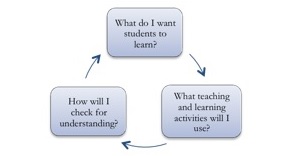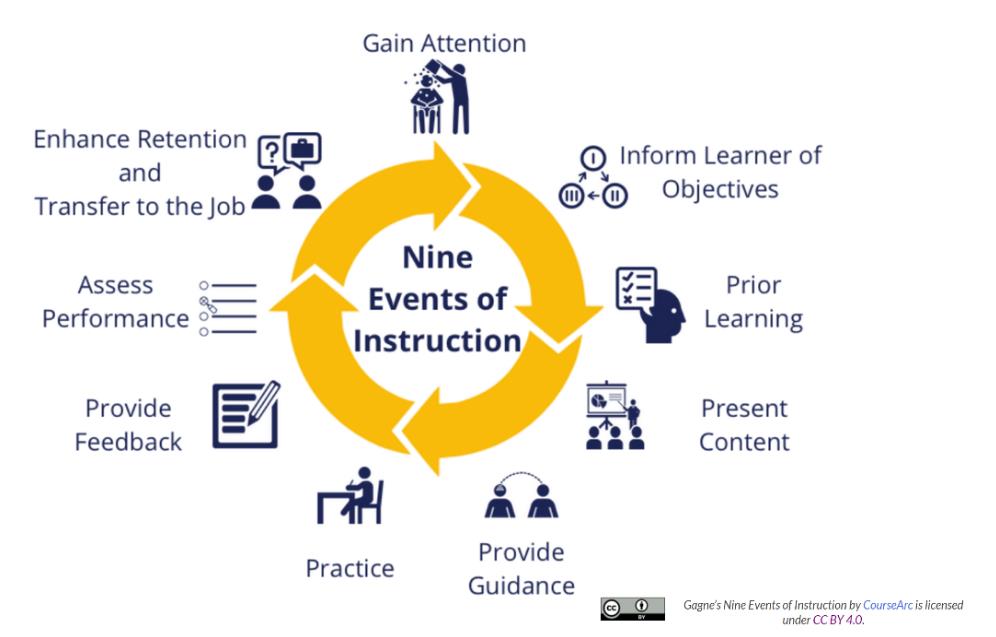Strategies For Subject Teachers To Create Effective Lesson Plans Before Delivery
18th May 2023

Lesson plans are basic guidelines that a teacher adopts to make their sessions successful and achieve the desired results. However, curating an effective lesson plan is a time-consuming process and as a novice teacher, you might be willing to invest your time and energy. But as you gain experience you might not be committed to spending the necessary time required for this endeavor. Thus, it is vital to understand the skills to create a perfect lesson plan, learn your individual style and constantly revamp when necessary.
6 Steps To Effective Lesson Planning Before Walking Into The Classroom
Given below are 6 steps to guide you on how to create fruitful lesson plans:
- Outline Learning Objectives and Outcomes
The first step in effective lesson planning is identifying the objectives and outcomes of the lesson. This involves defining what students should know, understand, and be able to do at the end of the lesson. Clear learning objectives help teachers to focus their teaching, ensuring that they cover the essential content and skills required.

Source: crlt.umich.edu To specify your students learning objectives, try to answer questions like:
> What is the topic for today?
> What do I want my students to learn?
> What should they be able to understand and do by the end of the class?
> What do I want them to take away from the lesson?
Once you have answers to all these questions is now essential to prioritize your tasks for effective time management to accomplish all the learning objectives in one session itself.
- Frame The Introduction
Once you have your learning objectives in place, it is now time to consider the personal and academic experiences of your students. Understanding what students already know is essential for effective teaching as it enables the teacher to build on their existing knowledge. This can be done through pre-assessment or reviewing previous lessons. This additional piece of information will enable you to shape your introduction.
Stimulate the interest of your students and encourage thinking by developing a creative introduction. You can use a variety of approaches like a personal anecdote, thought-provoking dilemma, video clip, probing question, etc to grab their interest. Ask yourself, how you want to introduce the topic and gauge your student's preconceived notions about it.
- Plan Specific Learning Activities
Incorporating various learning activities into the lesson plan can make it more engaging and effective. This includes using a variety of teaching methods such as lectures, group discussions, and individual tasks. You should ensure that they provide opportunities for students to apply their knowledge and skills.
Ask these questions to yourself to design engaging learning activities:
> What should I do to explain the topic?
> How can I illustrate the topic differently and creatively?
> What can I do to keep my students engaged?
> What are some of the relevant analogies, real-life examples, or situations that I can use to make the students comprehend the topic better?Set aside time for extended discussions or explanations and also be prepared to move on quickly to the next applications and check understanding.
- Check For Understanding
Once you have explained the topic with various illustrations and examples, you now need to check their understanding. Think about what specific questions you can ask them and try to predict the answers your questions will generate. Decide whether you want your students to respond verbally or non-verbally.

Source: cte.smu.edu.sg You can also plan for both formative and summative assessments to measure student understanding and progress. This includes incorporating different assessment methods, such as quizzes, essays, and projects. Decide what questions are important and what can derail the class from its learning objectives and act accordingly.
- Create A Realistic Timeline
As teachers, you are aware of the fact that it is pretty easy to run out of time and not be able to cover all the points as planned. Having a list of 10 objectives for a 30-40 minutes class is not realistic. Hence narrow it down to 2-3 concepts, skills, and ideas you want your students to learn. As instructors, you need to adjust your lesson plans based on what your students need. Hence prioritized learning will help be flexible and adapt to specific classroom environments.
Follow these strategies to create a realistic timeline:
> Determine how much time each activity will take and plan some extra time for each
> Plan a few minutes at the end of the class to clear doubts and sum up the key points
> In case you have time left plan for extra discussion rounds
> Be ready to adjust your plans depending on what you and your class are feeling that day
Being able to manage your time ensures that the lesson runs smoothly and that all learning objectives are achieved within the allocated time.
- Reflect On Your Lesson Plan
Reflecting on the lesson after delivery is essential for improving future lessons. Teachers should evaluate the effectiveness of their lesson plan, including what worked well and what could be improved. This enables teachers to make adjustments to their teaching practice and improve student learning outcomes.
Take a few minutes after each class to determine what worked well and why and what you could have done differently. Identifying these parameters will make it easier for you to adjust to the contingencies of class time in the future.
Be Prepared For Every Class
Lesson plans do not always have to be exhaustive document describing every possible classroom scenario to be effective. Instead, it should provide you with a general outline of your teaching goals, learning objectives, and the means of accomplishing them. As teachers with a Diploma in Pre and Primary Teacher Training Course, you are already aware of what lesson plans are. Thus, effective lesson plans should just outline what you want to do and how you want to do it.
Written By: Rimpa Ghosh